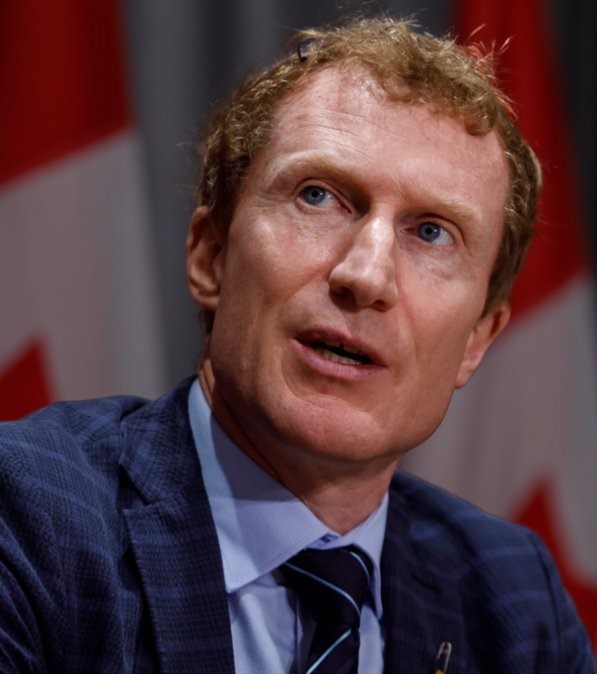IMMIGRATION Minister Marc Miller announced on Thursday that the government aims to reduce the number of temporary residents to five per cent of the population over the next three years.
He said: “We need to welcome temporary residents at a sustainable pace, so they can succeed. As such, we are targeting a reduction of temporary residents to 5% of Canada’s population over the next three years, meaning an overall 19% reduction within the temporary resident population.”
Miller said: “Our priority has and continues to be to maintain a sustainable and well-managed immigration system. We will work closely with provinces and territories on the path forward to achieve this goal and I look forward to welcoming my counterparts in May.”
Also, Employment Minister Randy Boissonnault announced changes to the Temporary Foreign Worker (TFW) Program to ensure that Canadian workers are always prioritized while businesses get the workers they need in key sectors.
Some time-limited measures under the TFW Program Workforce Solutions Road Map will not be renewed and will end, earlier than planned, this spring.
Effective May 1, new Labour Market Impact Assessments (LMIAs) will be valid for six months (a decrease from 12 months) to ensure accurate labour market needs.
All employers identified in the 2022 Workforce Solutions Road Map will have a reduction from 30% to 20% of their total workforce that can come in through the Temporary Foreign Worker Program, under the low wage stream, with an exception for the construction and health care sectors.
Employers will need to explore every option before applying for an LMIA — including recruiting asylum seekers with valid work permits here in Canada.
In addition, as of January 1, 2024, employers are required to annually review the wages of temporary foreign workers to ensure they reflect increases to prevailing wage rates for their given occupation and region of work. Through wage increases, these reviews will ensure that employers continue to pay temporary foreign workers at the prevailing wage level throughout their period of employment. For the vast majority of cases, when wages are reviewed, they are increased for the workers. If not, they remain the same and cannot go down upon review.
- The Temporary Foreign Worker Program is designed to be responsive to changes in the labour market. It helps Canadian employers fill labour and skills shortages on a temporary basis when Canadians and permanent residents are not available.
- The Workforce Solutions Road Map announced in 2022 applied to the following seven sectors: Food Manufacturing (NAICS 311); Wood Product Manufacturing (NAICS 321); Furniture and Related Product Manufacturing (NAICS 337); Accommodation and Food Services (NAICS 72); Construction (NAICS 23); Hospitals (NAICS 622); and Nursing and Residential Care Facilities (NAICS 623).
- The unemployment rate increased 0.1 percentage points to 5.8% in February 2024. It has held relatively steady in recent months, sitting at 5.8% for three of the past four months.
- Job vacancies fell by 25,400 (-3.6%) to 678,500 in the fourth quarter of 2023, marking the sixth straight quarterly decline from the record high reached in the second quarter of 2022 (983,600).
- Budget 2022 committed to the development of a new foreign labour program for agriculture and fish processing to ensure that Canada’s food producers have access to a stable and reliable labour supply and to strengthen worker protections. Canada is ready to work with source countries through the modernization of new Seasonal Agricultural Worker Program bilateral agreements to offer temporary foreign workers and employers new opportunities, through the incorporation of year-round primary agriculture and seasonal fish, seafood, and primary food processing into the program.
- As part of the Government’s broader commitment to help protect temporary foreign workers from mistreatment and abuse, Budget 2021 committed $49.5 million over three years to implement a new Migrant Worker Support Program to better support temporary foreign workers by addressing power imbalances between employers and workers.













